
HOW DOES A COMPANY'S LOGO CONVEY ITS BRAND STORY?
When it comes to logos, people often think of images, letters, and colors that carry the unique identity of a brand, helping the business convey its brand story.
What is the approach to using a logo to convey a company's brand story? Let's find out with M&M Communications.
Understanding Logo
The term "logo" is short for "logotype," which in Vietnamese means a symbol created from text or images and serves as a representation and identification for a business or brand. For example, when we mention the Apple brand, people immediately think of the logo with a bitten apple, or KFC with the image of the old man wearing a bow tie, McDonald's with the yellow letter M, etc. These logos create a strong impression and make it easier for customers to remember the brand.
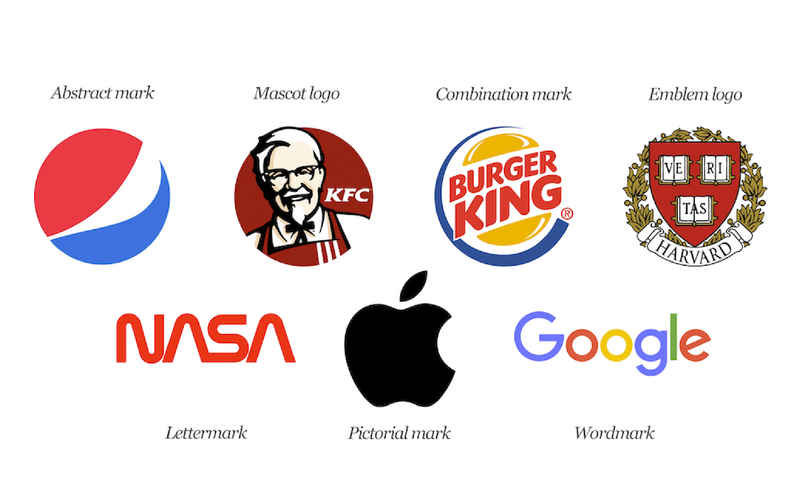
Most activities in Marketing, Branding, or Production of a business are closely related to the logo. However, to gain a deeper understanding of the Logo, we need to explore its history.
Formation and Development History
Originating from the Greek word "lógos," meaning "slogan," Logo historically served as a type of code to convey secret messages from kings or authorities. The Logo became truly associated with brands starting from the 13th century when the era of trade began to develop, and it wasn't until the industrial revolution that logo design became more recognized and valued.
With the continuous development of Marketing, Branding activities, along with the increasing demand for professional image production by businesses, the demand for logos and brands has been growing in business operations. Logos are present in every aspect - from website interfaces, business cards, product packaging to email marketing campaigns and advertising flyers... The important thing is that the logo is not just a symbol but also represents a range of important values that the business brings.
The Role of Logo for Businesses
Not just a symbol with the distinct character of the business, a Logo with unique design and color is also a tool to help businesses shape their brand identity. Through the Logo, information about the industry, services, or brand values is subtly conveyed to customers.
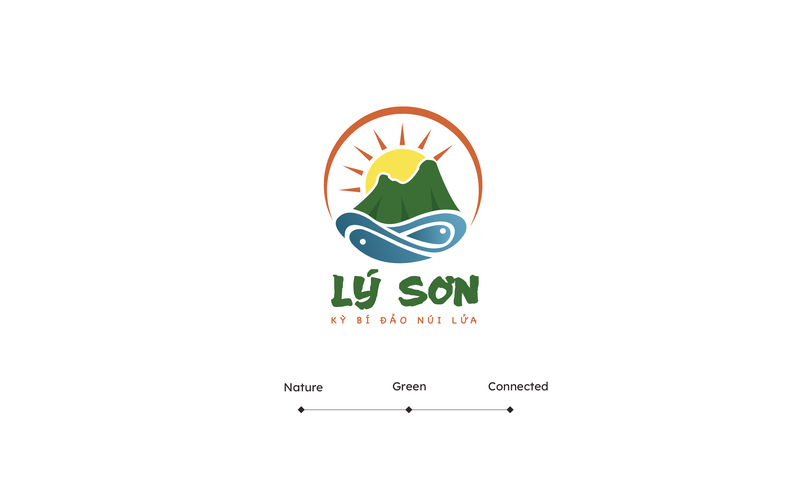
Humans have better image and emotional memory than verbal memory, so logos help create strong brand associations, increasing brand recognition in the market. Consequently, this enhances competitiveness compared to other brands. The clearest evidence is the logos of iconic brands like Apple, Nike, or McDonald’s, with distinctive shapes and colors that immediately evoke recognition from customers.
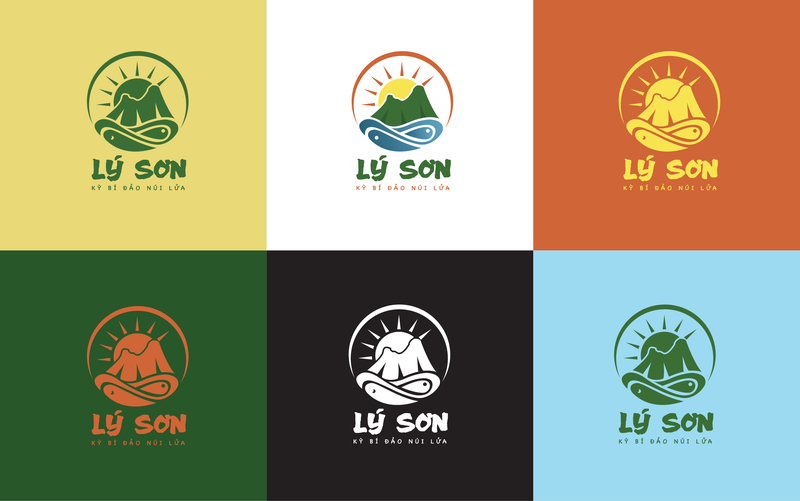
The consistent use of logos across all fronts - from business cards, printed materials, product packaging, to social media platforms, flyers, billboards, etc. - helps businesses convey a unified message, build trust, and customer loyalty. Consequently, this influences the purchasing process based on previous accumulated shopping experiences.

The Relationship between Logo and Brand Story
Although Logo and Brand Story are two different concepts, they have a close relationship and complement each other in the business development process.
Specifically, the logo is a visual element that directly impacts the customer's visual perception, helping to associate the brand with them in a short period. Meanwhile, the brand story is a series of words and emotional messages aimed at creating empathy from customers. However, effectively conveying the brand story requires time and proper expression.
Brand Story
Described as a vivid picture of a business, the brand story includes significant events that initiated and drove the mission and vision of the business. The brand story is guided by the significance of starting to build the brand, followed by the development process to achieve the current success.
The brand story is not only a powerful tool to support businesses in communicating with customers but also a factor that deeply impacts their minds. Many studies have shown that the human mind reacts strongly to stories because they can evoke emotions, stimulate the senses, and even change the behavior of the listener or reader.
How does a logo convey the brand story?
The content about industry information and the values of the business conveyed through the brand story will be transmitted to customers through the logo via messages embedded in each image, font, and color.
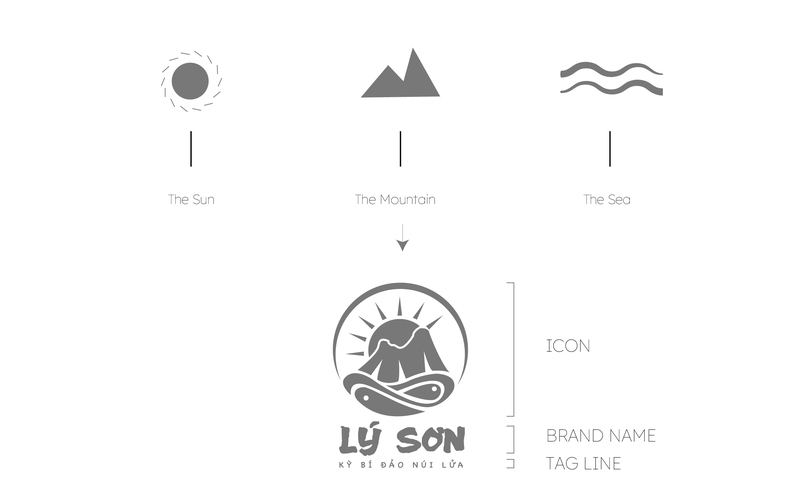
An exemplary example is the logo of the community tourism model "Mystical Volcano Island Ly Son," which successfully conveys the story that this community project wants to convey about the culinary culture and wilderness of Ly Son Island. In this logo, we can easily see the image of Ly Son garlic - a specialty that makes the reputation of this island, along with images representing the geographical features of Ly Son Island such as volcanoes and sea waves. All these elements are delicately combined to convey the culinary culture, geography, and represent the nature and love for the sea of the people here. From there, the logo "Mystical Volcano Island Ly Son" is formed to tell the public the story of this beautiful and graceful island.
In a simple understanding, if the brand story is compared to a book, then the logo is the cover. A good logo will be impressive and attractive, making customers eager to flip through the book to read the next pages, wanting to find out more about the brand story hidden behind the enticing cover.
Can a logo convey the brand story completely?
Returning to the example of a book and its cover. A book, whether thick or thin, its value lies not in the cover but in the content inside, as demonstrated through the table of contents and the chapters. A good cover can give people a general idea of the content of the book, but cannot know the details, plot, and characters inside. So, if only through the logo, can customers fully understand the brand story of the business?
The elements of font, color, and image are indispensable pieces to create a complete logo. As for the brand story, the logo is a "necessary" factor to support transmission, but it is not yet a "sufficient" factor in that transmission process. Or in other words - it will be very difficult for a logo to fully convey the brand story of a business if not combined with other factors.
Specifically, besides the logo, the brand story truly spreads widely and completely, impacting the awareness and emotions of customers when transmitted through other factors in Marketing, Branding, or Production such as slogans, media publications, image content, the design style of the business, etc.
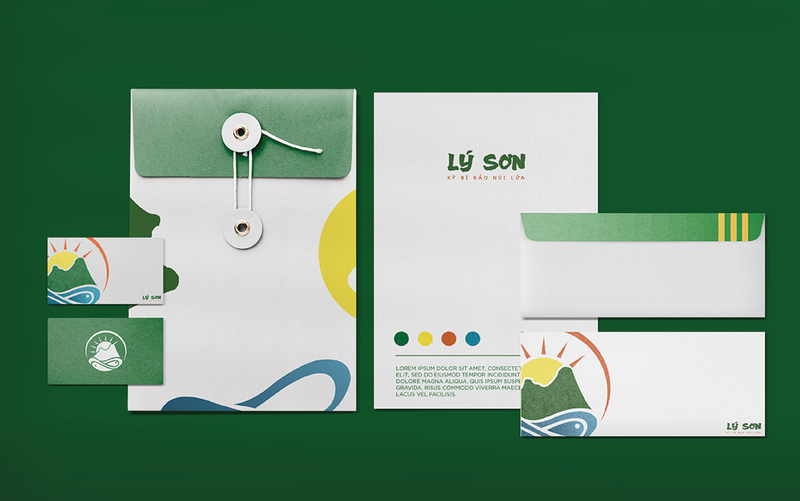
If your business is looking to enhance elements of Marketing, Branding, or Production such as logos, slogans, or media materials to fully convey its brand story, then contact us - M&M Communications is always ready to be your business partner.
Conclusion
The importance of a logo in conveying a business's brand story to customers cannot be denied. However, similar to how one cannot judge a book by its cover alone, no matter how good, prominent, and attractive a logo is, it cannot fully convey 100% of the brand story that the business wants to convey to customers without the support of other elements.
